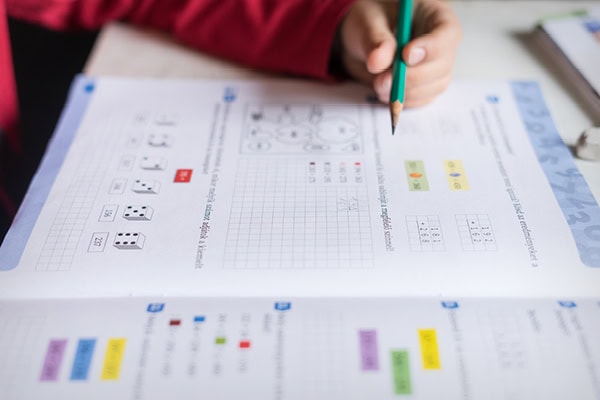School leaders have their work cut out as schools reopen, Education Week reports in an article. Assignments include: plan effective professional development for teachers, review safety protocols, finetune schedules and keep students engaged and excited to maintain high attendance.
Confronting student anxiety, a contributing factor to students missing more school, is now a serious threat to ignore.
Problems arise due to social media. Online experiences can be filtered. But in-person interaction can exacerbate anxiety.
In middle school, students and parents are often anxious about the switch from elementary school. Also, you start seeing apathy toward school. Resulting declining grades can further discourage students from showing up for school.
To tackle apathy and absenteeism, try to create spaces and provide opportunities that involve all kinds of students.
Create a “club rush” the first week back, for example, so students can sign up for different extracurricular activities, get to know older members and the teacher mentors of these clubs. Perhaps host movie nights and service projects such as planting trees to engage students in their first week.
Structural interventions can be meaningful. One school created a student senate to give feedback and recommend changes to school policies. Recruit a diverse group of students for the senate and focus on students who seem apathetic.
One teacher started her back-to-school introductions in July, a few weeks before school started. She hosted an all-day camp for students coming into 7th grade, where they toured the school, met with teachers, and became accustomed to their new schedule. The camp day ended with a parent meeting to get families familiarize with the school and review details such as using a student’s Chromebook at home.
This teacher also held one session on the meaning of chronic absenteeism for parents during the camp and plans to talk about it again at orientation and feature it in newsletters throughout the school year. A task force will monitor students who are missing a lot of school and contact their families.
One key strategy is to recognize that students have a deep pool of needs.
One school is piloting an hour-long homeroom period, aimed to give students extra academic support or time to work on their social-emotional skills. Interventions will depend on students’ academic and behavioral data. Teachers will monitor during the homeroom period how much progress their students are making on individualized improvement plans.
Taking care of students’ more material needs — providing backpacks, food supplies to take home, and meals in schools — can also reduce the barrier to attendance.
School leaders also need to develop their leadership skills to handle in a positive nature challenges such as changing school culture and closing attendance gaps.
Feedback is a key to leadership. Give better feedback to teachers on their instructional strategies. Feedback comes from good sources and it encourages students, teachers, parents and others to be more comfortable giving it because they see that it adds value to the school
Education Week





